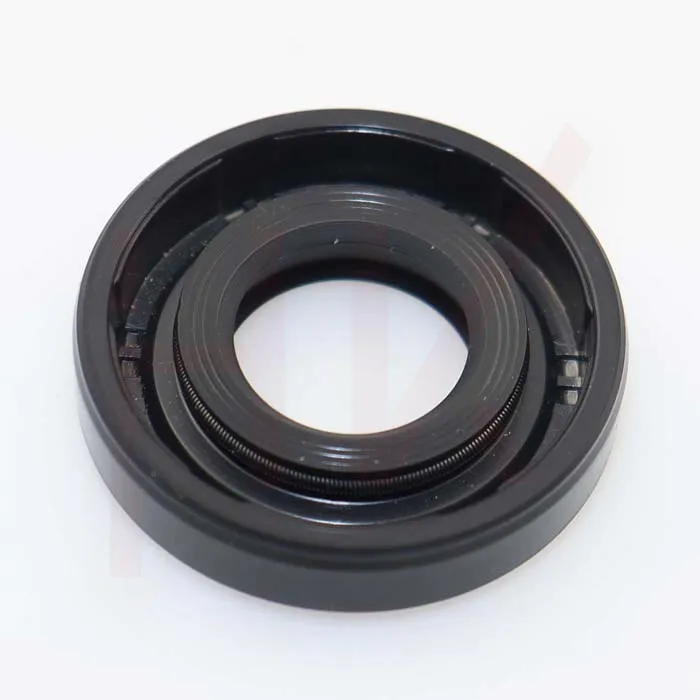Agosti . 12, 2024 10:32 Back to list
High-Quality Hydraulic Cylinder Seal Kit for Efficient Performance and Durability in Machinery Applications
Understanding Hydraulic Cylinder Seal Kits
Hydraulic systems are crucial in various industries, from construction machinery to automotive applications. At the heart of these systems lies the hydraulic cylinder, which converts hydraulic energy into mechanical energy. A vital component of hydraulic cylinders is the seal kit, which plays a critical role in ensuring efficient operation and longevity of the equipment.
What is a Hydraulic Cylinder Seal Kit?
A hydraulic cylinder seal kit contains all the necessary seals and O-rings designed to maintain a tight seal within a hydraulic cylinder. These components prevent hydraulic fluid leakage, ensure pressure retention, and protect the internal parts of the cylinder from contaminants. A typical seal kit includes various seals, such as piston seals, rod seals, backup rings, and wipers.
Importance of Seal Kits in Hydraulic Systems
1. Leak Prevention One of the primary functions of a seal kit is to prevent hydraulic fluid from leaking out of the cylinder. Any leakage not only reduces the efficiency of the hydraulic system but can also lead to costly hydraulic fluid loss and environmental hazards.
2. Pressure Management Hydraulic systems operate under high pressure, and an effective seal ensures that this pressure is maintained for optimal performance. Inadequate sealing can lead to pressure drops, causing the system to malfunction or underperform.
3. Contamination Control The presence of dirt, dust, and other contaminants can significantly damage hydraulic components. Seal kits provide barriers that keep these particles from entering the hydraulic cylinder, thus prolonging the life of the cylinder and its components.
4. Reduced Maintenance Costs Regularly replacing seals within hydraulic cylinder systems can minimize breakdowns and extend the lifespan of the equipment. This preemptive maintenance approach leads to reduced operational costs over time.
hyd cylinder seal kit

Types of Seals in a Hydraulic Cylinder Seal Kit
1. Piston Seals These seals sit between the piston and the cylinder wall, preventing fluid from escaping as the piston moves up and down.
2. Rod Seals Located on the rod side of the cylinder, rod seals ensure that fluid does not leak out when the rod is extended or retracted.
3. Wipers Wipers, or scrapers, are seals that sweep away dirt and debris from the rod as it moves, protecting the rod seals from premature wear.
4. Backup Rings These rings provide additional support and prevent seal extrusion under high pressure, particularly in dynamic operations.
Selecting the Right Seal Kit
Choosing the right hydraulic cylinder seal kit is critical for optimal performance. Factors to consider include the size of the hydraulic cylinder, the type of hydraulic fluid used, the operating temperature, and pressure conditions. It is also advisable to check the manufacturer's specifications to ensure compatibility.
Conclusion
In conclusion, hydraulic cylinder seal kits are essential components in hydraulic systems that facilitate the smooth operation of machinery. By preventing leaks, controlling pressure, and keeping contaminants at bay, these kits significantly enhance the effectiveness and durability of hydraulic cylinders. Regular maintenance and timely replacement of seal kits not only improve system efficiency but also reduce long-term costs associated with repairs and downtime. Whether in heavy machinery or refined automotive applications, understanding and utilizing hydraulic cylinder seal kits is an indispensable part of hydraulic system management.
-
TCN Oil Seal Metal Ring Reinforcement for Heavy Machinery
NewsJul.25,2025
-
Rotary Lip Seal Spring-Loaded Design for High-Speed Applications
NewsJul.25,2025
-
Hydraulic Cylinder Seals Polyurethane Material for High-Impact Jobs
NewsJul.25,2025
-
High Pressure Oil Seal Polyurethane Coating Wear Resistance
NewsJul.25,2025
-
Dust Proof Seal Double Lip Design for Construction Equipment
NewsJul.25,2025
-
Hub Seal Polyurethane Wear Resistance in Agricultural Vehicles
NewsJul.25,2025
-
The Trans-formative Journey of Wheel Hub Oil Seals
NewsJun.06,2025
Products categories
















